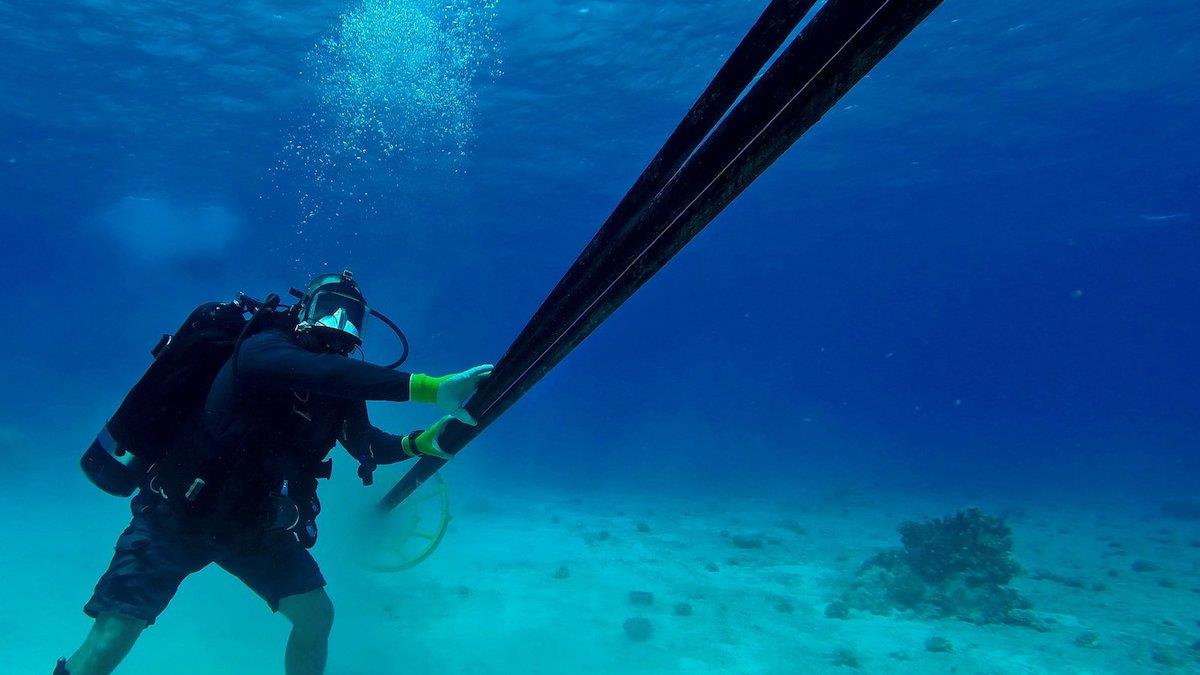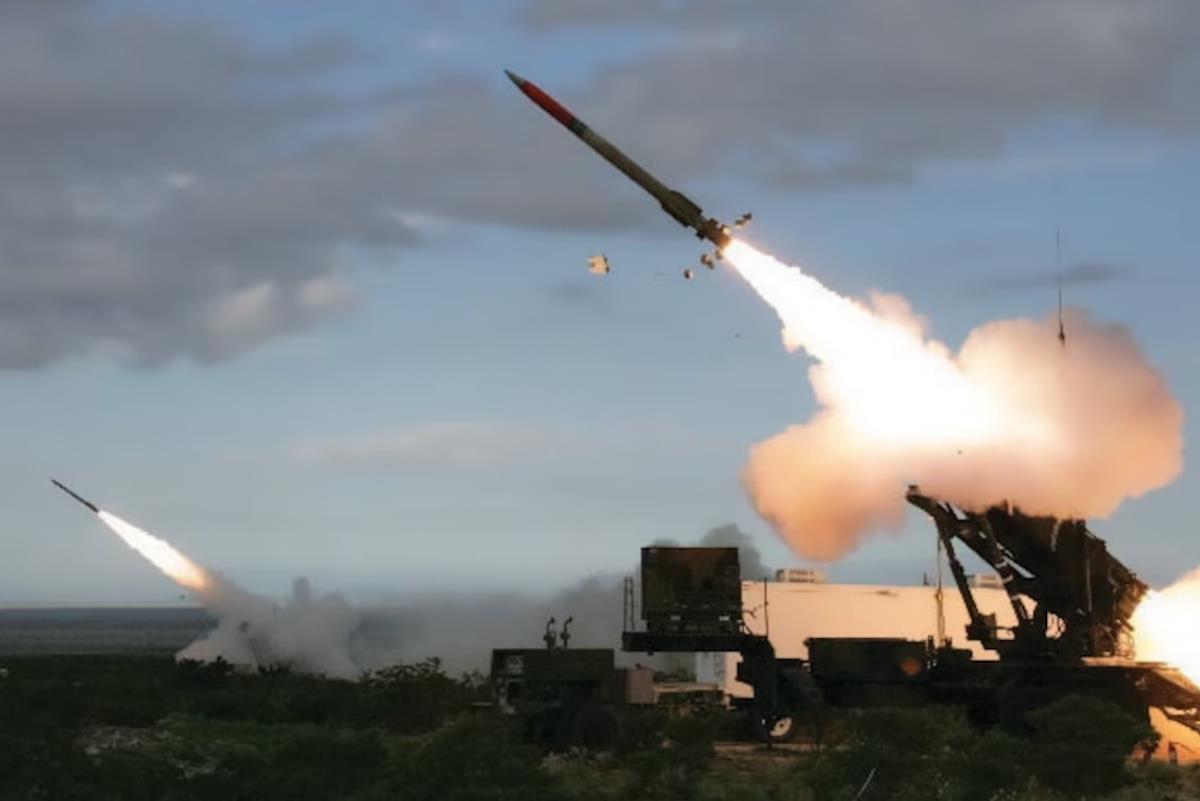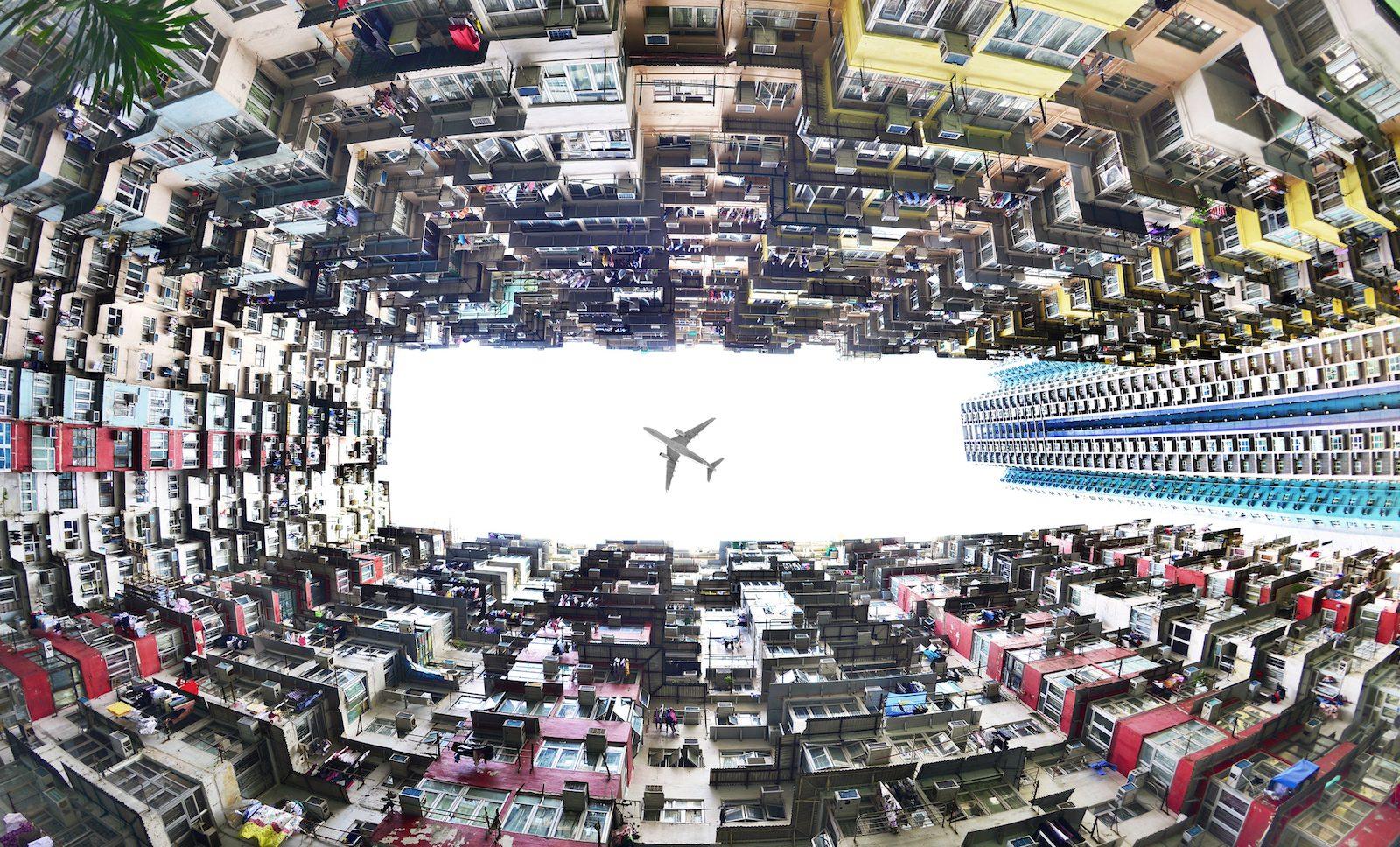
Unseen Hands, Shadow Fleets And Undersea Cable Sabotage
As the mysteries behind high-profile undersea cable ruptures in the Baltic Sea and Taiwan Strait remain unsolved, scrutiny over Russian and Chinese“shadow fleet” activity has only intensified throughout 2025, doing little to quell speculation about intentional sabotage.
Shadow fleets, which mainly came to prominence following Russia's 2022 invasion of Ukraine, are primarily associated with the movement of goods targeted by sanctions, particularly oil.
To evade detection, sanctioned nations operate vessels that are managed, owned, and registered across multiple jurisdictions , and which bear foreign flags concealing their identities (or indeed, no flag at all ).
Amid rising geopolitical tensions-and a corresponding rise in global sanctions -shadow fleets are continuing to grow substantially in number . Despite concurrent efforts to sanction shadow fleets themselves, the relentless expansion of these fleets underscores their usefulness in helping sanctioned nations work covertly to gain strategic advantages alongside circumventing restrictions.
Covert activities are by no means confined to circumventing restrictions on trade, and are increasingly associated with attacks on critical maritime infrastructure. Despite growing suspicions, deliberate sabotage remains difficult to prove and attribute , particularly as convoluted registration frameworks provide shadow fleets with plausible deniability.
Given their indispensability to global connectivity, undersea communication cables are unsurprisingly an attractive target for disruption, and enlarged shadow fleets will almost certainly exacerbate security risks. However, as more communication cables descend underwater, a less visible factor behind the ascendance of shadow fleets lies in the ownership structure of these cables.
Specifically, undersea communication cable systems are predominantly owned by large private corporations and consortia. Three firms, SubCom (United States), NEC (Japan), and ASN (France), were estimated to hold 87% of the global undersea cable market in 2021, while Google, Meta, Amazon, and Microsoft are increasingly building new cables.
Within private ownership structures, undersea cables are primarily viewed through the lens of profitability. This is especially true in the US, where Big Tech monopolies are no longer merely content producers but also owners of cables. Consequently, these companies now seek to exercise complete dominance in the cable supply chain, potentially generating higher long-term financial returns .

Legal Disclaimer:
MENAFN provides the
information “as is” without warranty of any kind. We do not accept
any responsibility or liability for the accuracy, content, images,
videos, licenses, completeness, legality, or reliability of the information
contained in this article. If you have any complaints or copyright
issues related to this article, kindly contact the provider above.
Most popular stories
Market Research

- Mutuum Finance (MUTM) New Crypto Coin Eyes Next Price Increase As Phase 6 Reaches 50% Sold
- Bydfi Highlights 'BUIDL' Ethos During Newcastle United Match Against Arsenal
- Flexm Recognized As“Highly Commended” In The Regtech Category At The Asia Fintech Awards Singapore 2025
- Solotto Launches As Solana's First-Ever Community-Powered On-Chain Lottery
- Moonx: The Leading Crypto Trading Platform With X1000 Leverage And Unlimited Meme Coin Access
- Stonehaven Circle Marks 13Th Anniversary With Hadrian Colwyn Leading Calvio Ailegacyx Innovation
























Comments
No comment